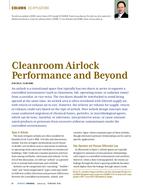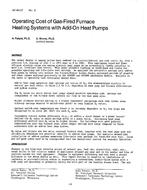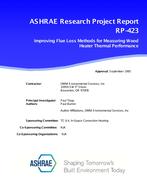This paper describes the results of laboratory experiments using insulated stucco wall assemblies representative of California new home construction practice to characterize the susceptibility of targeted building assemblies to mold growth in the presence of moisture loading conditions. Experiments include wall drying rates, propensity for mold growth, and drainage capacity using unique test protocols tailored to meet experiment goals. Experimental data provided evidence that walls with building paper and exterior polystyrene insulation dried more slowly than walls with housewrap and no exterior insulation. Mold-resistant gypsum panels and sealer exhibited significant resistance to mold growth, but only in treated areas. Mold growth in cellulose insulation was less than expected. Drainage capacities of assemblies with stucco adhered to the weep screed were much lower than walls with full drainage flow channels. Additional laboratory evaluations as well as consensus performance and prescriptive standards supported by field data and validated models are recommended.
Units: Dual
Citation: ASHRAE Transactions, vol. 114, pt. 1, New York 2008
Product Details
- Published:
- 2008
- Number of Pages:
- 11
- File Size:
- 1 file , 5.9 MB
- Product Code(s):
- D-NY-08-021


